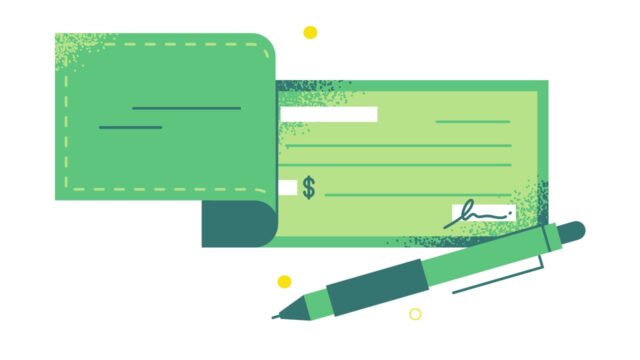
What is a demand draft and how does it work
A demand draft is a type of check that is typically used for business transactions. Unlike a personal check, which can be written for any amount, a demand draft is only issued for a specific amount. This amount is then deducted from the account of the payer (known as the drawee) and deposited into the account of the payee. In order to issue a demand draft, the drawee must first have sufficient funds in their account to cover the amount. If they do not, the demand draft will be returned unpaid (known as a bounced check).
Demand drafts are often used for large transactions, such as rent payments or utility bills. They can also be used to make online purchases. When making an online purchase with a demand draft, the customer authorizes the merchant to deduct the specified amount from their account. The merchant then sends a request to their bank, which initiates the process of transferring funds from the customer’s account to the merchant’s account.
How to get a demand draft from your bank
If you need to get a demand draft from your bank, there are a few simple steps that you will need to follow.
First, you will need to visit your local branch and speak with a teller. You will need to provide them with the name of the payee, as well as the amount of money that you wish to have drawn on the demand draft. You will also need to provide your signature, as well as any other required documentation. Once the teller has all of the required information, they will process your request and issue you a demand draft. There may be a small fee associated with this service, but it is typically quite reasonable. Once you have your demand draft, you can present it to the payee in order to have the funds transferred into their account.
Uses for a demand draft
Demand drafts are often used in situations where a check would be inappropriate, such as when paying for goods or services online. They can also be used to send money to someone who does not have a bank account. To create a demand draft, the drafter must first have an account with a bank. The drafter then submits a request to the bank, specifying the payee, the amount of money to be paid, and any other relevant instructions. The bank then creates the demand draft and sends it to the payee. The payee can then take the draft to any bank and receive payment.
Pros and cons of using a demand draft
There are some advantages to using a demand draft. First, the payer does not need to have a bank account in order to make a payment. Second, the funds are transferred immediately upon presentation of the check, so there is no risk of the check being lost or stolen. Third, demand drafts can be used to send payments internationally. However, there are also some disadvantages to using a demand draft. First, the payer has no recourse if the payee fails to deliver the goods or services as promised. Second, there is usually a fee associated with making a demand draft. Finally, demand drafts can take several days to clear, which may cause delays in receiving goods or services.
Comparison of demand drafts and other payment methods
A demand draft is a type of payment that is similar to a check. It is typically used when one individual or business needs to send money to another. Like a check, a demand draft includes the name of the payee, the amount of money to be paid, and the signature of the drawer.
However, unlike a check, a demand draft does not require that the payee have a bank account. Instead, the money is withdrawn directly from the drawer’s account and deposited into the payee’s account. Because of this, demand drafts are often used for large payments or when the payee is unknown. Another advantage of demand drafts is that they can be processed more quickly than checks. In most cases, checks need to be cleared by both banks before the funds are available. However, with a demand draft, the funds are typically available immediately. As a result, demand drafts are often used for time-sensitive payments.
How to cancel a demand draft
If you need to cancel a demand draft, you will have to contact the bank that issued the draft and ask them to stop payment. You may also be charged a fee for canceling the draft. In some cases, the bank may require you to provide a written statement explaining why you are canceling the draft. Once the bank has processed your request, they will send you a confirmation letter. Be sure to keep this letter in case there are any future questions about the canceled draft.


































